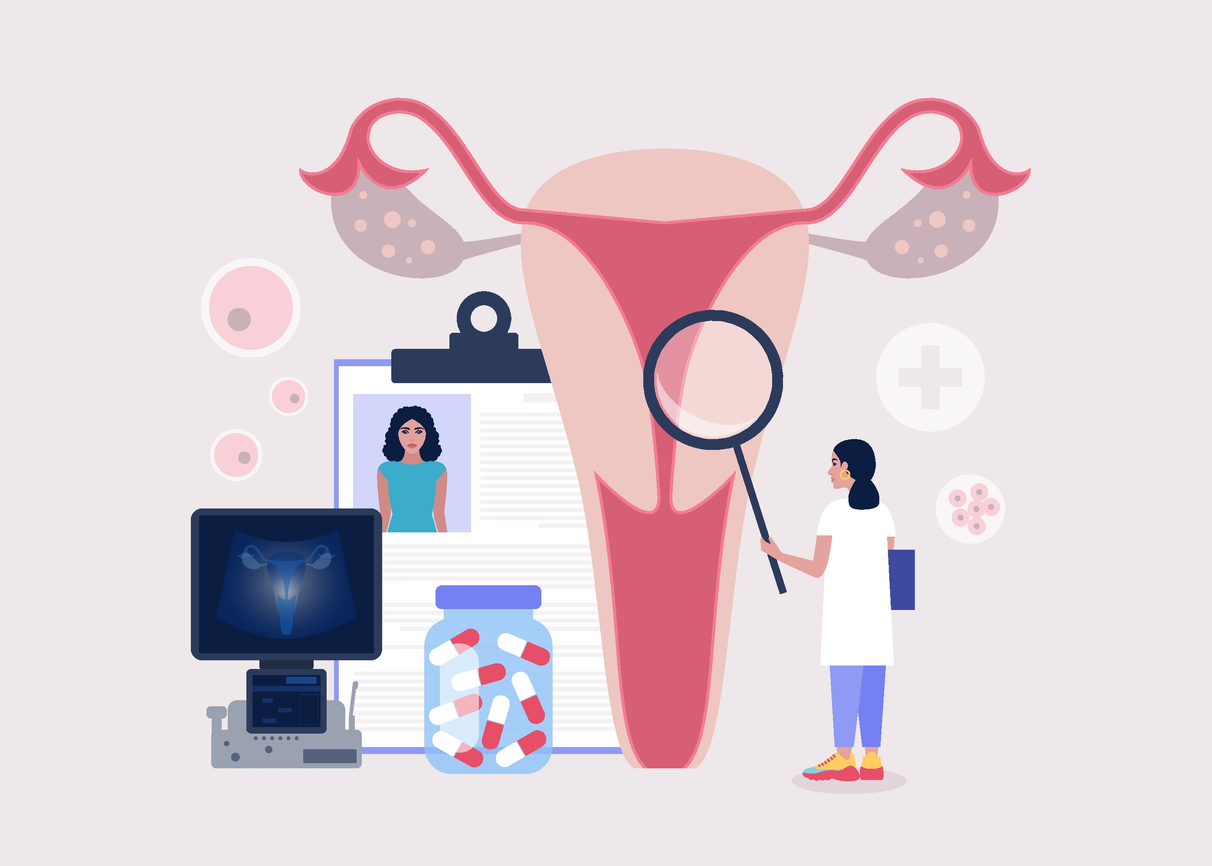Endometrioma cysts, often dubbed as ‘chocolate cysts’ or “endometrioma”, pose a significant health issue for many women worldwide. Understanding how to prevent endometrioma cysts is crucial for maintaining optimal reproductive health. This comprehensive, empathetic guide will walk you through the essentials of endometrioma prevention, demystifying complex medical terms and offering practical advice.
Table of contents
- Understanding Endometrioma
- Symptoms of Endometrioma
- Causes of Endometrioma
- Who is at Risk?
- How is Endometrioma Diagnosed?
- Why Endometrioma Causes Health Problems
- Preventing Endometrioma: An Overview
- Hormonal Control
- Lifestyle Factors
- Medical Management
- Surgical Treatment
- Complementary and Alternative Medicine (CAM) Therapies
Understanding Endometrioma
Endometrioma, a form of endometriosis, is a condition where tissue similar to the lining of the uterus grows outside the uterus, primarily on the ovaries. This growth often results in cysts filled with blood and tissue products, referred to as ‘chocolate cysts’ due to their dark, chocolate-like appearance. Understanding this condition is the first step in learning how to prevent endometrioma cysts.
Symptoms of Endometrioma
Endometrioma can manifest in a variety of symptoms, some of which are debilitating. Common symptoms include severe menstrual cramps, chronic pelvic pain, discomfort during intercourse, painful bowel movements or urination during menstruation, and fertility issues. In some cases, endometrioma may be asymptomatic, discovered only during a routine check-up or fertility assessment.
Causes of Endometrioma
The exact cause of endometrioma remains a subject of ongoing research. Some theories suggest retrograde menstruation, genetic factors, hormonal imbalances, and immune system dysfunctions. Surgical procedures in the abdominal area may also inadvertently transport endometrial tissue to other parts of the body, leading to endometrioma.
Who is at Risk?
While any woman who menstruates can develop endometrioma, certain factors increase the risk. These include a family history of endometriosis.
How is Endometrioma Diagnosed?
Doctors diagnose endometrioma through several methods, including pelvic examinations, imaging tests like ultrasounds or MRIs, and laparoscopy – a surgical procedure that allows for the visual inspection of pelvic organs. A definitive diagnosis often requires a biopsy, where a small sample of tissue is examined under a microscope.
Why Endometrioma Causes Health Problems
Endometrioma can lead to several health problems, including persistent pain, inflammation, and fertility issues. These cysts can grow, bleed, and cause scarring, leading to complications such as blocked fallopian tubes, adhesions (tissues that bind organs together), and issues with the intestines and bladder.
Preventing Endometrioma: An Overview
While endometrioma cannot be primarily prevented, certain interventions can reduce the risk of progression and recurrence after surgery. These interventions mainly focus on removing the endometriomas through surgery, lowering estrogen levels in the body, and increasing the impact of progesterone-like hormones.
Hormonal Control
Hormonal birth control methods, such as pills, patches, or rings with lower doses of estrogen, can help regulate the menstrual cycle and slow the progression of endometrioma. Intrauterine devices (IUDs) that release hormones may also be beneficial in reducing pain and bleeding.
Lifestyle Factors
Maintaining a healthy lifestyle can influence natural estrogen levels and potentially reduce the risk of endometrioma regrowth and progression. Regular exercise helps decrease body fat, which in turn lowers estrogen levels. Limiting alcohol and caffeine intake can also help, as excessive consumption of either can raise estrogen levels.
Medical Management
For those not trying to conceive, hormonal birth control is often the first line of treatment to manage symptoms.
Surgical Treatment
Excision surgery is usually considered the gold standard and the only treatment that truly removes the endometrioma lesions. The procedure involves removing the endometrioma while preserving as much healthy ovarian tissue as possible. Following surgery, hormonal treatment is typically resumed unless pregnancy is desired.
Complementary and Alternative Medicine (CAM) Therapies
In addition to conventional treatments, some individuals find relief from endometrioma symptoms through complementary and alternative medicine (CAM) therapies. These can include acupuncture, chiropractic, dietary changes, herbs, or supplements. It’s essential to discuss these approaches with your healthcare provider to ensure they’re safe and suitable for your specific needs.
In conclusion, while endometrioma cannot be prevented, understanding the condition, its risk factors, and potential treatments allows women to better manage their reproductive health. Regular check-ups, open communication with healthcare providers, and proactive lifestyle changes are all crucial in dealing with endometrioma and mitigating its effects on one’s life.
References:
https://my.clevelandclinic.org/health/diseases/22004-ovarian-endometrioma
https://www.ncbi.nlm.nih.gov/pmc/articles/PMC7754428/
Chocolate Cysts: Everything You Need To Know




